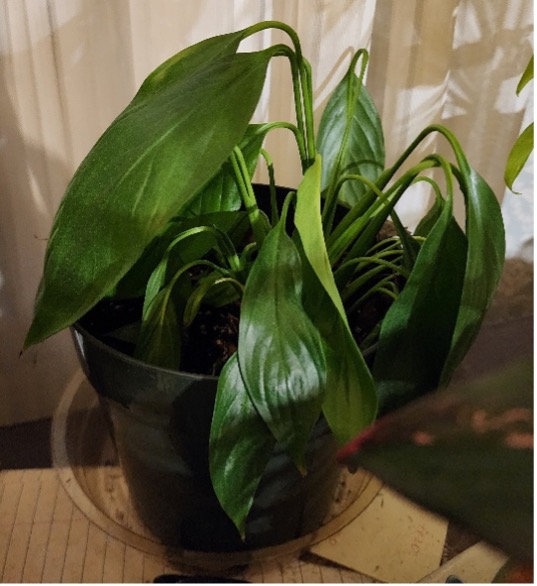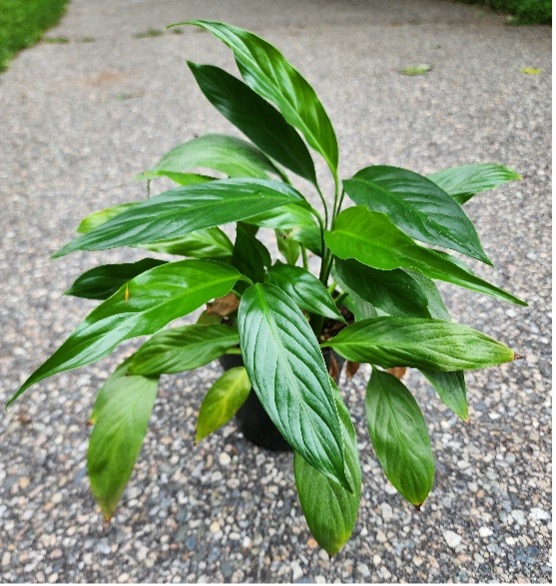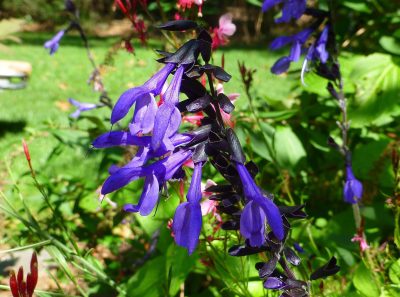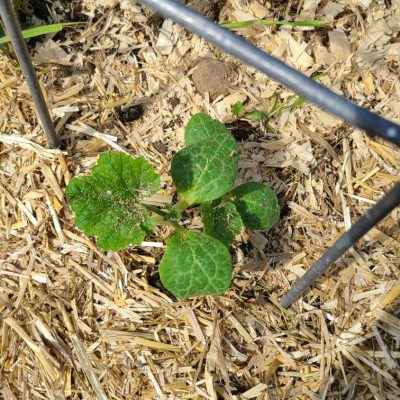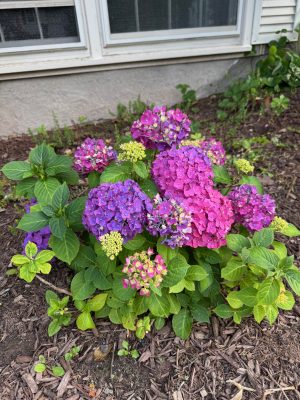By Heather Zidack, UConn Home & Garden Education Center
With a perfect combination of warm days, cool nights, and plenty of rain, every gardener has been fighting weeds since this summer began! To add to the frustration, the weather patterns themselves have felt like they have fallen on weekends, holidays, and all those precious hours that we love to be spending in the garden, making it difficult to get out and manage what is there. So how do we catch up?
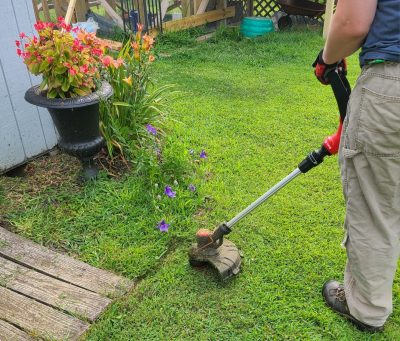
I’m sorry to say that the adage of “pick your battles” is going to be the best strategy to keep you from “getting lost in the weeds.” Mechanical removal like string trimming, mowing, or cultivating your garden are always effective. But some of us are looking for something that feels more efficient or saves our back from hours of labor-intensive weed pulling in this summer heat. Strategizing more long-term goals for your planting beds and lawns might be better for you than running outside with your garden weasel right now.
We’ve all heard “nature abhors a vacuum” before. Weeds are no different. If turf is thin, or garden beds are left with uncovered soil, weeds will pop up. Utilize groundcovers and mulches to keep soil covered. If you’re in between plantings in the vegetable garden, a temporary cover, like cardboard, may keep seeds from contacting the soil until you’re ready to plant! For more long-term coverage, consider cover crops in your vegetable gardens.
Encourage dense plantings through proper fertilizing, watering, and care. Healthy perennials and shrubs will shade out seeds that may try to germinate below them. For lawns, consider overseeding to bulk up thinned turf areas between August 15th and September 15th. Mulch garden beds and pathways with a minimum depth of 3 inches if groundcovers aren’t being used.
Once you have soil coverage under control, look at the nutrition. When the soil is not nutritionally supportive, you often find compounding issues like patches where you can never get grass to grow, poor vegetable production/flowering, and lots of weeds! Many weeds can thrive in these poor soils. While weeds aren’t necessarily a definitive indicator of a nutrient problem, it can be another clue when looking at the health of your planting areas. If you kill the weeds, and the soil remains poor you can expect weeds again the following season. Therefore, testing your soil and correcting imbalances is a long term and sustainable solution.
Some common weeds, like crabgrass, are beyond a stage where we can easily control them with methods available to the homeowner. Fear not! Crabgrass is an annual, and the plants themselves will not return next year! They, instead, propagate through seeds.
At this point in the season, shift your focus towards minimizing next year’s seed bank. As much as we loved to “make a wish” on a dandelion as children, we were only spreading more dandelions into the yard! Keep this in mind now as you tend your garden. Cut grass before weeds can develop flowers and distribute seeds. Remove plants like pokeweed, before they have a chance to develop berries that can be carried off by animals.
Don’t underestimate the value of a good identification. Knowing the exact species of weed in the garden can help you make a targeted approach with whatever physical, cultural, or chemical method you might be considering.
If you must resort to chemical management, read the label in full and follow all instructions provided. At the UConn Home & Garden Education Center we do not recommend the use of anecdotal home remedies for weeds. Many of these methods are not researched. Products used in the garden should be labeled for use on a specific host, a specific pest, and have specific application instructions. As an example, while vinegar may be recommended anecdotally to use on weeds in the garden, one should only consider a product like horticultural vinegar that has a specific formulation, concentration, and a product label that clearly identifies its uses, safety precautions, and instructions for use.
No matter what weed you are trying to manage, persistence is key. This is especially important to remember if you’re dealing with the most aggressive weeds, or even invasive plant species. Rarely do we see a single treatment leading to complete eradication. So don’t be discouraged if plants are taking multiple seasons to tackle. The CT Invasive Plant Working Group has great guidances on what you should do for specific species of invasive plants like Japanese Knotweed, Mile-A-Minute Vine, Tree of Heaven, and more.
If you have specific questions or need help with weed identification in the lawn or garden, send us pictures, or stop by with a sample.
The UConn Home & Garden Education Center supports UConn Extension’s mission by providing answers you can trust with research-based information and resources. For gardening questions, contact us toll-free at (877) 486-6271, visit our website at homegarden.cahnr.uconn.edu, or reach out to your local UConn Extension center at cahnr.uconn.edu/extension/locations.
This article was published in the Hartford Courant August 9, 2025
